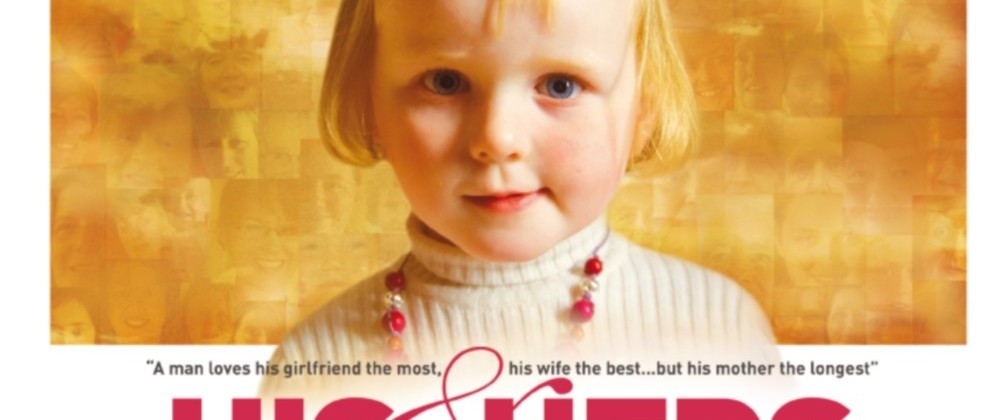His & Hers

His & Hers (2009, Ken Wardrop) is an Irish documentary which begins with a squalling infant girl and ends with an old woman, sitting silently in a nursing home. In between, 68 other women speak about their lives and relationships. They are presented in order of age, providing a dramatic arc for the film’s narrative that is tied to the cycle of life. Daughters give way to sweethearts and wives, then mothers, widows and grandmothers. Much of the talk is cheerful and often very funny, but death is an integral part of any film about the cycle of life, and there are also several moments of quiet sadness.
The film is directed by Ken Wardrop, who is responsible for a series of memorable, award-winning short films such as Useless Dog (2004), Undressing My Mother (2004) and Farewell Packets of Ten (2007), which are, like his new film, marked by his gift for wry observation. His & Hers, Wardrop’s first feature documentary, won several prizes in its native country and an award at the Sundance Festival for its cinematography.
There are no men to be seen in this film, but they are usually the subject of conversation. As the title suggests, its interest is in the female perspective on man-woman relationships. The women talk about their fathers and sons, and not their mothers and daughters. Interestingly, even siblings are given little attention. This narrowing of focus has an effect on what is shown. There are no single-sex relationships or, above a certain age, women who never married. The subjects are defined only in terms of their domestic role, not in terms of their work or their friendships, which in some cases might be at least as important. Only one woman, a teacher, even mentions her job, and only to say that she tries hard not to bring her work attitude home.
The concept of women being presented only in the context of their domestic space is central to the film’s style. As they talk, they are often shown doing household chores, in several cases making the beds of the men they are discussing or setting the table for the dinner that will be ready for them when they arrive home. When they are not doing chores, they are usually sitting at their kitchen table sipping a cup of tea or next to a prize possession such as a piano or well-stocked china cabinet. This sense of peering into someone’s home is emphasized by the camera style, which often shoots through doorways. If a woman moves out of frame, her voice is still heard, but the camera stays with the architectural space that contextualizes her.
Despite the encroaching presence of death as the subjects age, the film’s tone is largely sunny. There are no unhappy marriages or debilitating illnesses, tales of divorce or infidelity or brutality. Nobody is poor or handicapped. None of these parents talk about having had to bury a child. It would probably have been easy for Wardrop to show these kinds of things, but his intention seems to be to create a sort of celebration of the Irish family and tradition.
The film progresses in a series of anecdotes, slivers of lives that added together create a societal mosaic. The young wife who insists on two televisions because, as she incredulously relates, her husband is a grown man who insists on watching fishing takes the prize for favourite men are from Mars, women from Venus moment, but inevitably it is the poignant stories that stick in the mind. A woman tells of dancing with her longtime husband to “their” song, and then him dropping dead as the dance ended; a lonely widow relates trying and failing to recreate a special moment with her husband’s empty chair. But even then, Wardrop keeps his optimistic tone by balancing these with vigorous women preparing Sunday meals for visiting grandchildren or learning to use computers. Although this film deals with a narrow section of Irish society in terms of region, class, colour and experience, it is this careful accumulation of detail that allows it to express something meaningful to a wider Irish, or even international audience.










